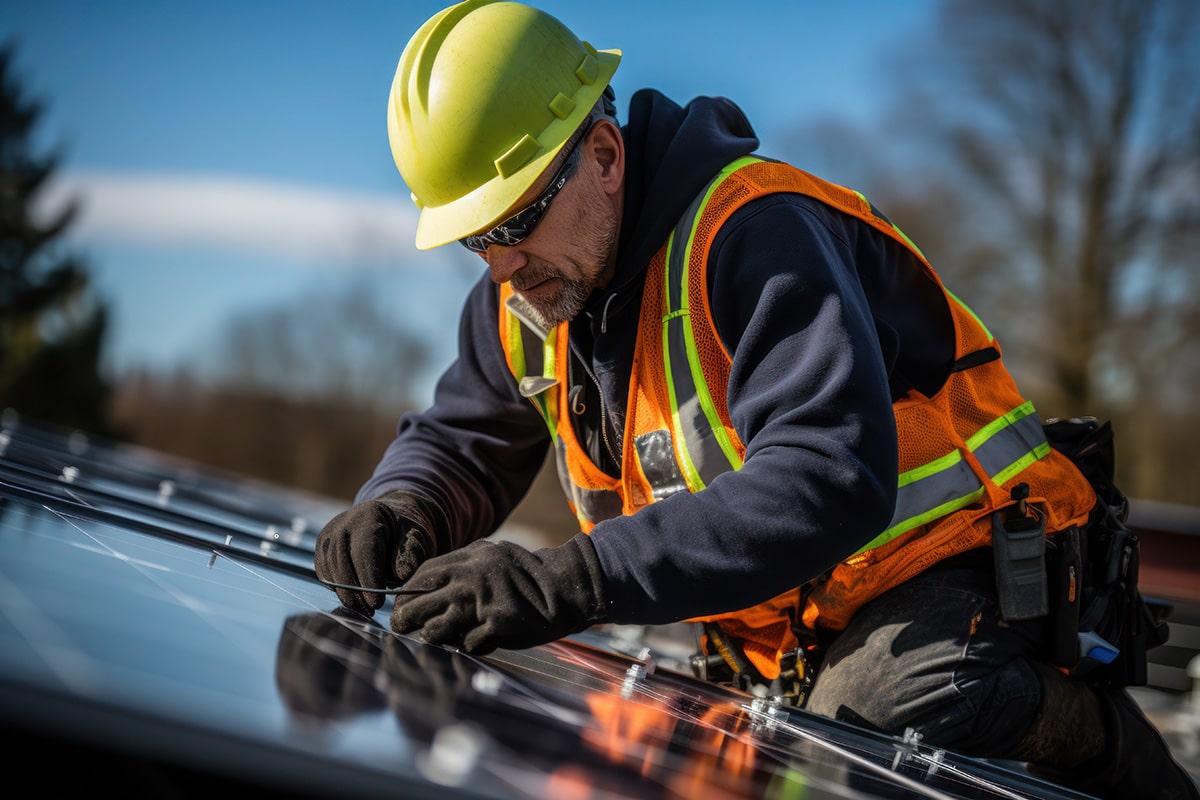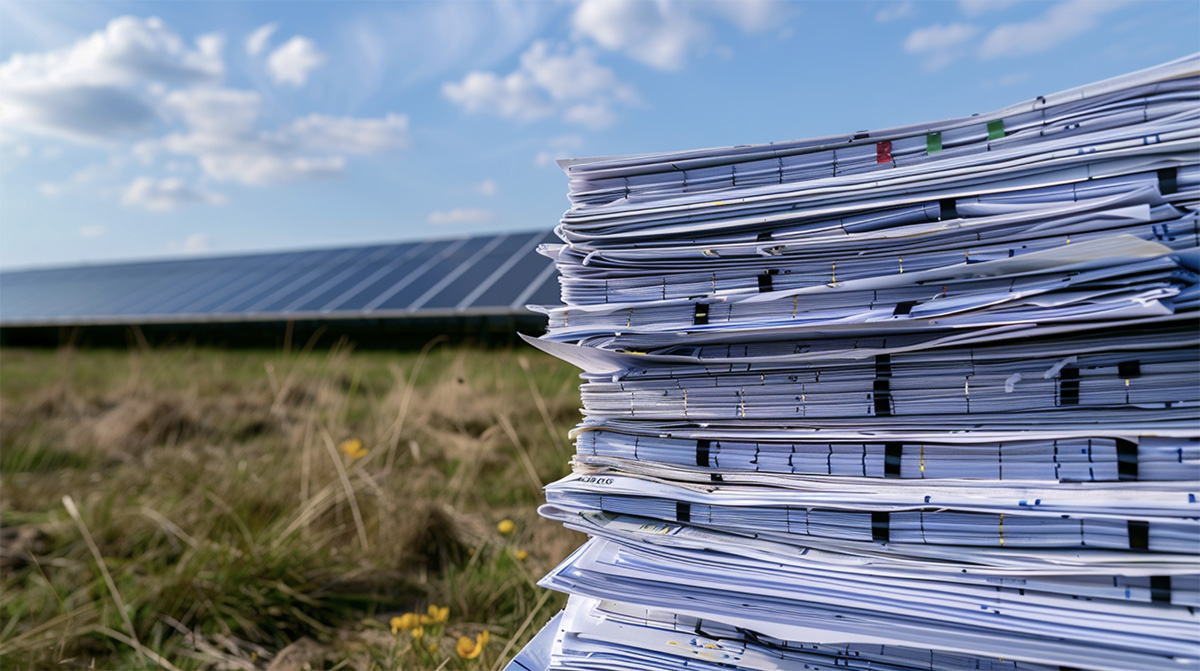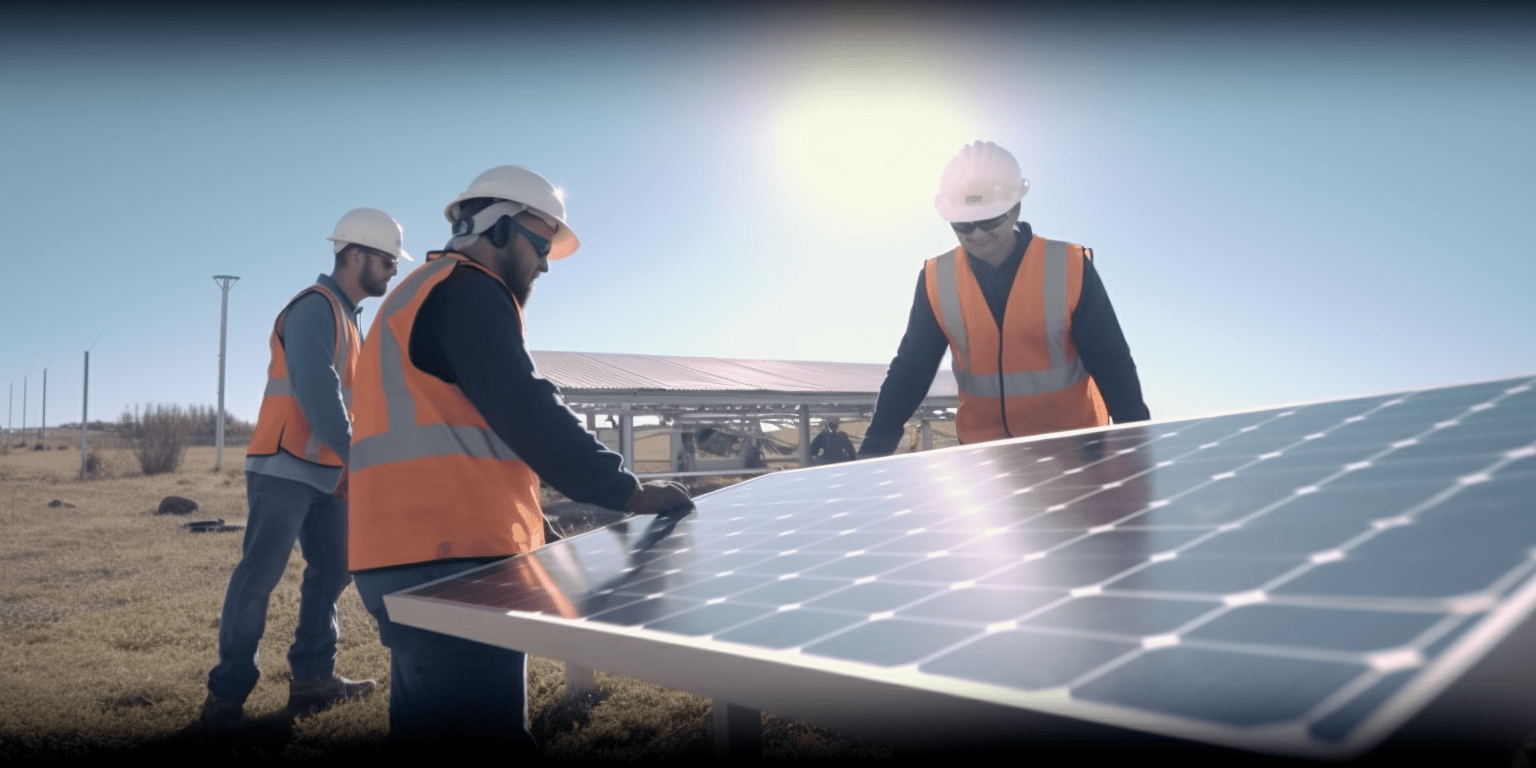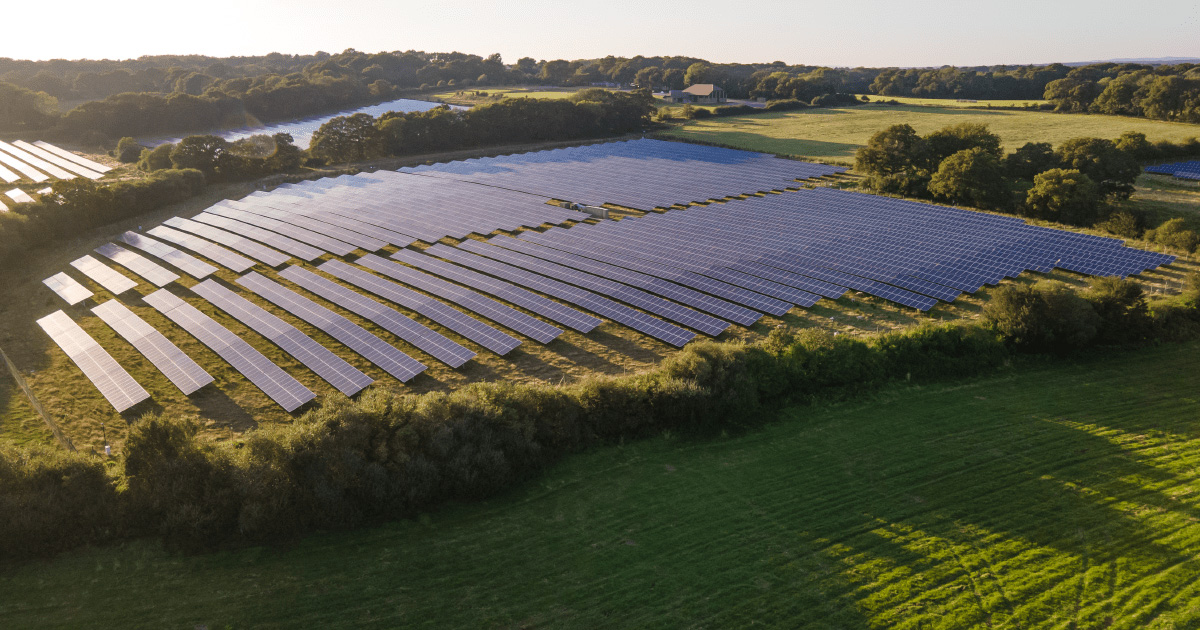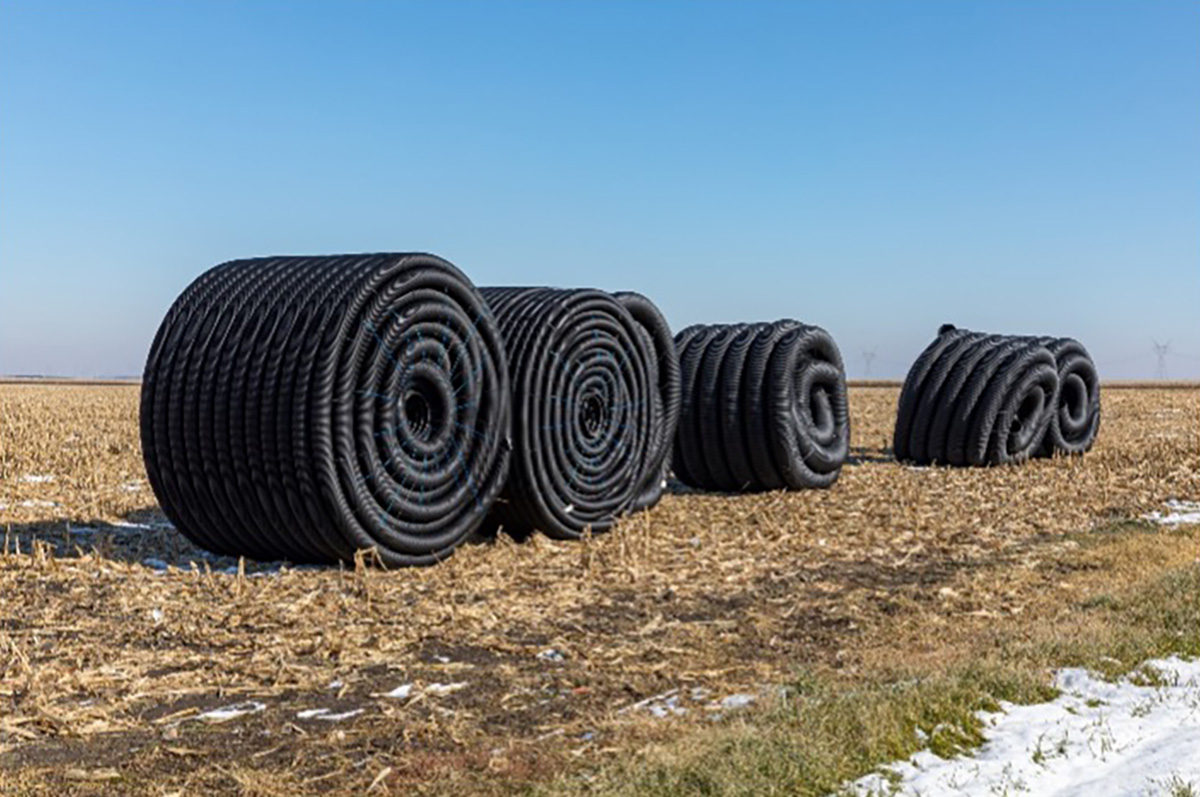Farming has always been a high-risk enterprise but when farmers do well, rural communities do well, and our nation does well. Renewable energy developments can provide farmers with consistent revenue thereby lowering risk.
The ebb and flow of the farm economy has always been a fact of life. However, current forecasts show rising expenses which will impact profit margins. In 2023, forecasts show net farm income will decline which means farmers will be squeezed when it comes to profits. Diversifying their income remains an important tool that must be available, because it minimizes risk for farmers. Renewable energy projects should be a key diversification strategy for farmers.
Local governments have an important role to play in supporting family farms and protecting every landowner’s right to decide what to do with their land. Today, too many governments impose impossible restrictions on wind and solar farms limiting how farmers use their land and diversify their income. In times like these, local governments should support farmers and their decision-making, smoothing the process for them to generate more revenue. Good, balanced local renewable energy policy protects farmers, neighbors and companies seeking to invest in your community.
A new Farm Bill will be written this year by Congress. Almost every article available talks about the limited budget provided for this important farm safety net. It has even been suggested that payments to farmers will be reduced by as much as $5.4 billion. Every single farming operation will be impacted by the Farm Bill. Smaller family-owned operations don’t have the flexibility that larger operations may possess and will be hit harder by funding shortages. To supplement these lost payments, it is imperative farmers have the right to partner with renewable energy companies to stabilize their income and ensure their farmland will be preserved for farming as well as harvesting the wind and the sun.
According to the USDA, around 89% of farms in the United States are categorized as “small,” which typically means family-operated local farms. Now is not the time to tie the hands of small family-operated farms, local governments need to work with their farmers and help them diversify their income through wind and solar energy projects. This gives farmers a viable alternative when the outside world seems to be on unsteady footing. Rural communities also benefit from the steady economic growth of their consumers. When farmers possess excess revenue, they can spend it throughout their communities, like supporting local businesses, school systems, or community outreach programs.
The reality for farmers remains absolute. Without a steady revenue source, outside factors can put rural communities and farming operations are at risk from things beyond their control. Farmers being allowed to use their land for renewable energy projects gives them an important mitigation strategy that will stabilize their income. The opportunity for farmers to partner with renewable energy companies allows them to create more revenue opportunities, so they can keep their farmland safe and secure for future generations.
Mike Johanns is the former U.S. Secretary of Agriculture, serving from 2005-2007. He currently serves as a National Co-Chair and Nebraska State Chairman for the Center for Infrastructure and Economic Development. To learn more, go to: https://centerforlocalpolicy.org





